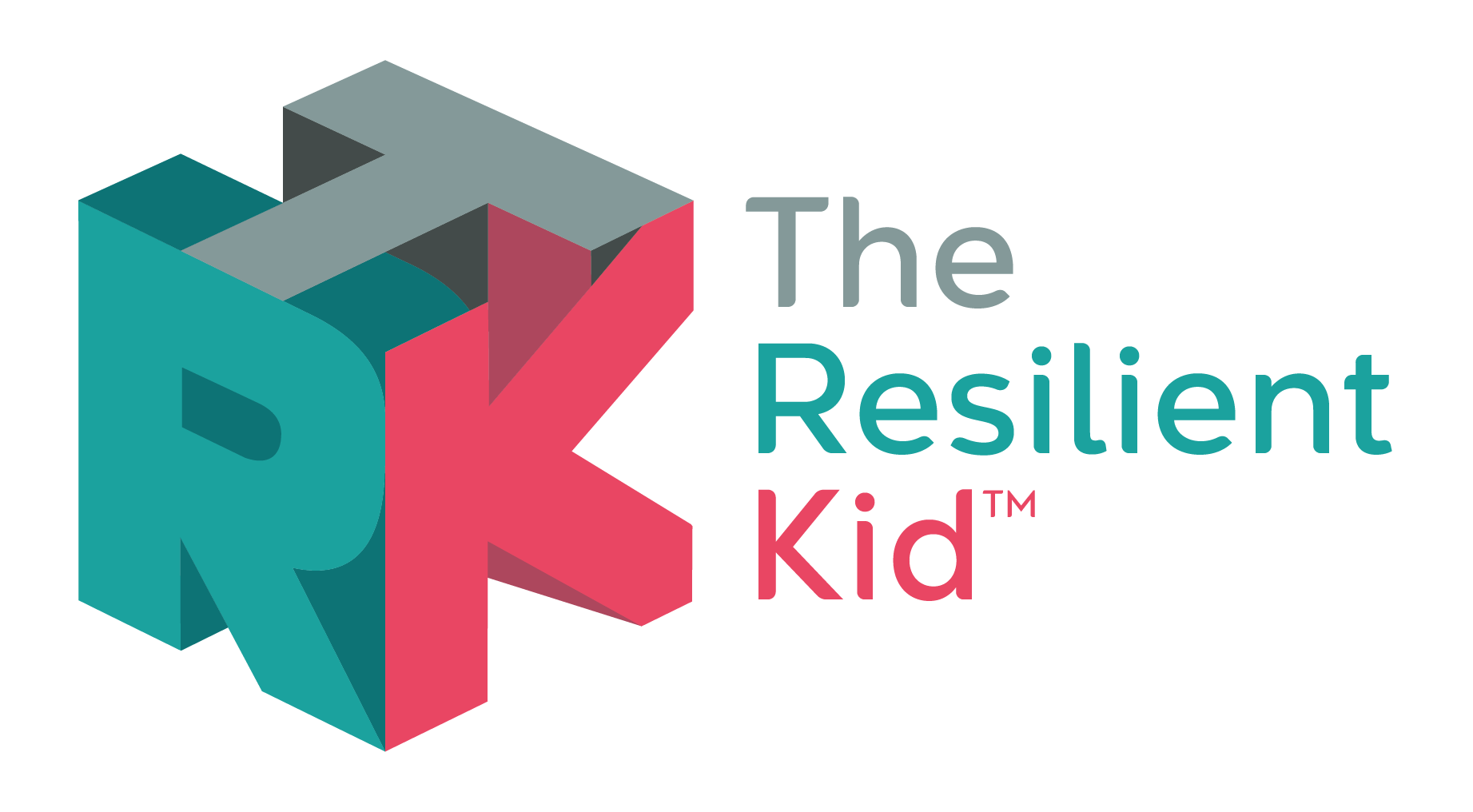Get your copy of A PARENTS GUIDE TO RAISING A RESILIENT KID --> BUY NOW

Teaching Emotional Regulation Skills to Enhance Child Resilience
22/04/2024
As parents, we strive to equip our children with the tools they need to navigate life's challenges with resilience and confidence. One of the most valuable skills we can teach them is emotional regulation – the ability to understand, express, and manage their emotions in healthy ways. By helping our children develop emotional intelligence and skills, we empower them to cope effectively with stress, build strong relationships, and thrive in the face of life’s challenges.
Why is emotional regulation important for child resilience?
Emotional regulation lays the foundation for resilience by enabling children to:
- Navigate Stressful Situations: When children can regulate their emotions, they're better equipped to cope with stressors such as academic pressure, social conflicts, or family changes. Instead of feeling overwhelmed, they can approach challenges with a sense of calm and confidence. If we model handling our own stressful situations or walk them through their own, we future-proof them for times ahead.
- Build Positive Relationships: Effective emotional regulation fosters better communication and empathy, which are essential for forming and maintaining healthy relationships. Children who can express their emotions in constructive ways are more likely to resolve conflicts peacefully and seek support when needed. Which will help them with not only peers but also future work colleagues or potential partners.
- Adapt to Change: Life is full of unexpected twists and turns, and resilience involves the ability to adapt and bounce back from setbacks. By learning to regulate their emotions, children become more flexible and adaptable, making it easier for them to navigate transitions and changes.
Now, let's explore some practical strategies for teaching emotional regulation skills to children:
- Model Healthy Emotional Expression: Children learn by example, so it's important for parents to model healthy ways of expressing and managing emotions. Share your own feelings openly and demonstrate techniques for calming down when you're upset, such as deep breathing or taking a break.
- Validate Your Child's Emotions: Show empathy and understanding when your child experiences strong emotions, even if you don't agree with their perspective. Let them know that it's normal to feel angry, sad, or anxious sometimes, and reassure them that you're there to support them.
- Teach Coping Skills: Equip your child with a toolbox of coping skills they can use to regulate their emotions. This might include relaxation techniques like mindfulness or progressive muscle relaxation, as well as activities they enjoy that help them feel calm and centered.
- Practice Problem-Solving: Encourage your child to think critically about their emotions and how to address them constructively. Help them identify the root cause of their feelings and brainstorm potential solutions or coping strategies. Try not to jump in with your own opinions, but listen and encourage them to come up with solutions.
- Set Limits and Boundaries: Establish clear boundaries around acceptable behaviour while also allowing your child space to express themselves. Consistency is key, boundaries help children feel safe and secure, which is essential for emotional regulation.
- Celebrate Progress: Recognise and celebrate your child's efforts to regulate their emotions, even if they don't always succeed. Praise their willingness to try new strategies and acknowledge the progress they're making over time.
Teaching emotional regulation skills is a powerful way to enhance child resilience and future-proof them for the challenges they'll face throughout life.
Written by Ashley Costello, Psychotherapist, founder, and CEO of Resilient Kid. Check out the podcast or her book "A Parent's Guide to Raising a Resilient Kid" from all independent bookstores or online from Amazon.
Comments
Must be Logged In to leave comments.


